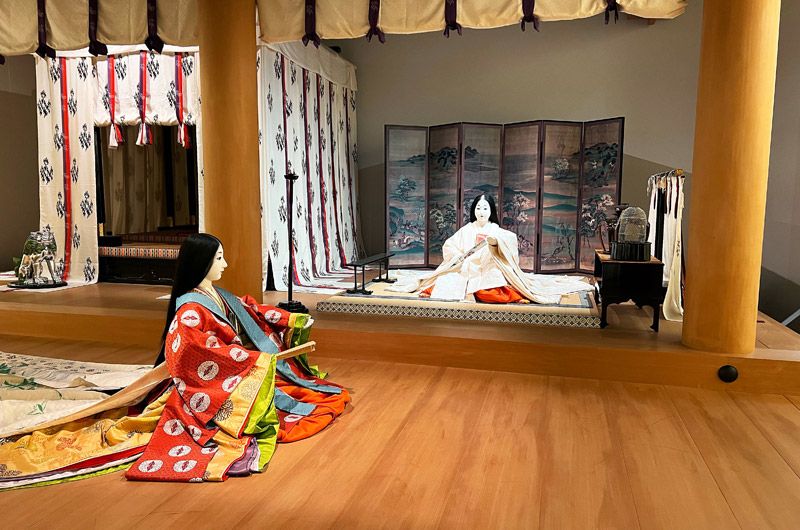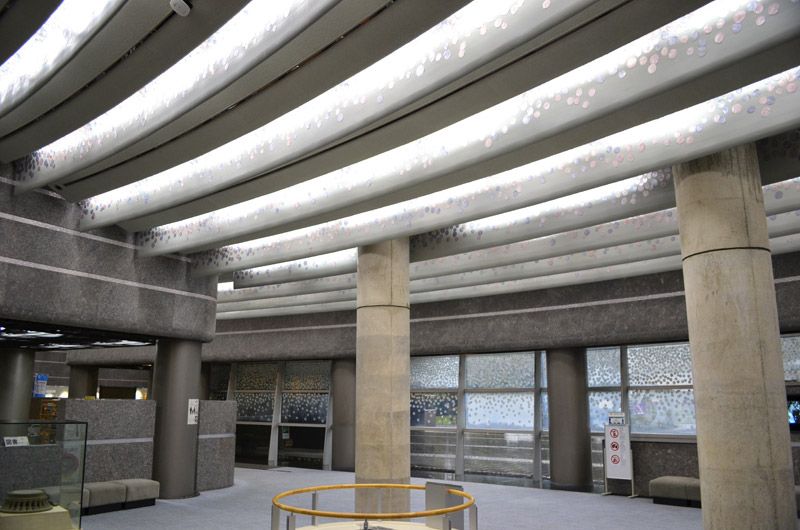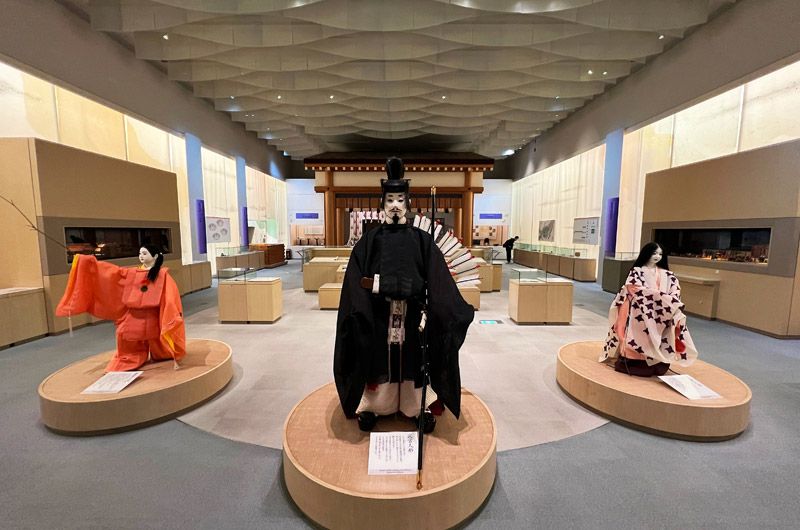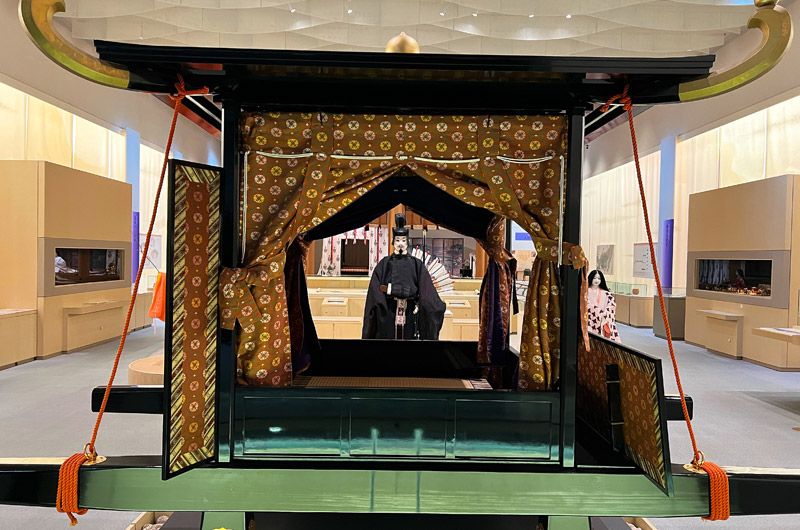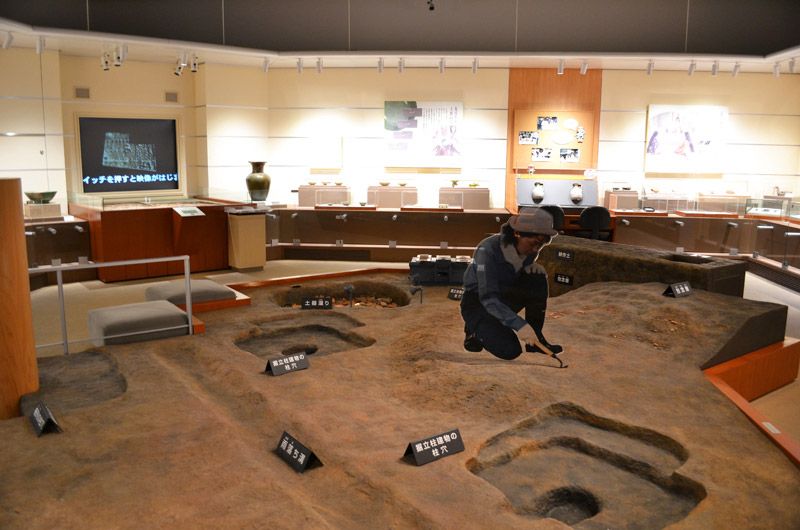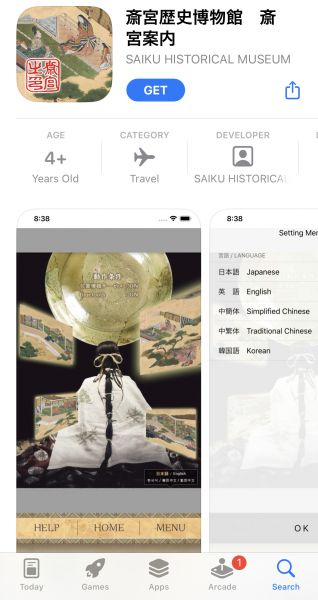1-Day Itinerary: Experience Japanese Culture and History in the Ise-Shima Area of Mie Prefecture
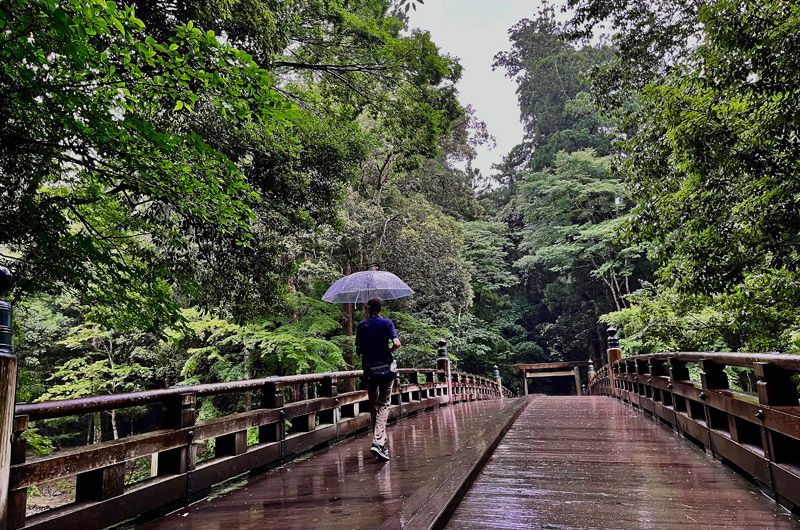
The Ise-Shima area of Mie Prefecture is known for its rich cultural and historical significance, as well as its natural beauty. You may have heard about it before from the G7 Ise-Shima Summit in 2016. This area has become a popular locale to visit for people from Nagoya and Osaka with numerous photogenic spots to enjoy. If you are a Japanese history and culture lover like me, this is a must-see destination for you.
Written by John Asano
-Table of Contents-
・The Ise-Shima Area
・Ise Jingu
・The Married Couple Rocks
・Futami Okitama Shrine
・Saiku Historical Museum
・Enjoying a Meal at Itsuki Chaya
・Saiku Heian Era Park
・How to Get There
・Wrap Up
The Ise-Shima Area
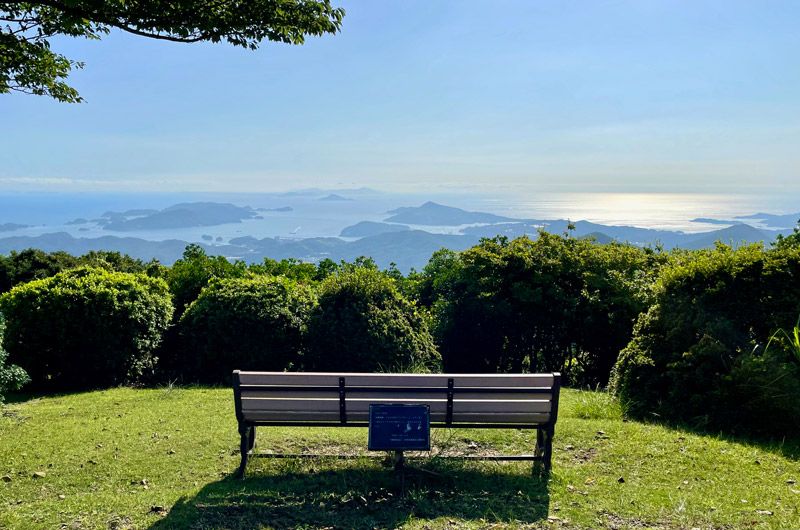
Ise Jingu
After arriving at Ise-shi Station, our day started at Ise Jingu, Japan’s most sacred Shinto shrine. This ancient place of worship with a history of over 2,000 years holds a special place in the heart of the Japanese people as the home of the sun deity, Amaterasu Omikami.
Way back in the Edo Period (1603-1868) the pilgrimage to Ise Jingu, which was called Oise-Mairi became a once in a life-time event. Pilgrims traveled from around the country to Ise Jingu on foot, stopping by various places in the area for sightseeing.
Ise Jingu is a collective name for 125 shrines scattered across the region with the two main shrines being Naiku (the inner shrine) and Geku (the outer shrine). We highly recommend a visit during the early morning when the shrine is relatively quiet with few visitors. You can visit Ise Jingu from 5:00 a.m. all year round.
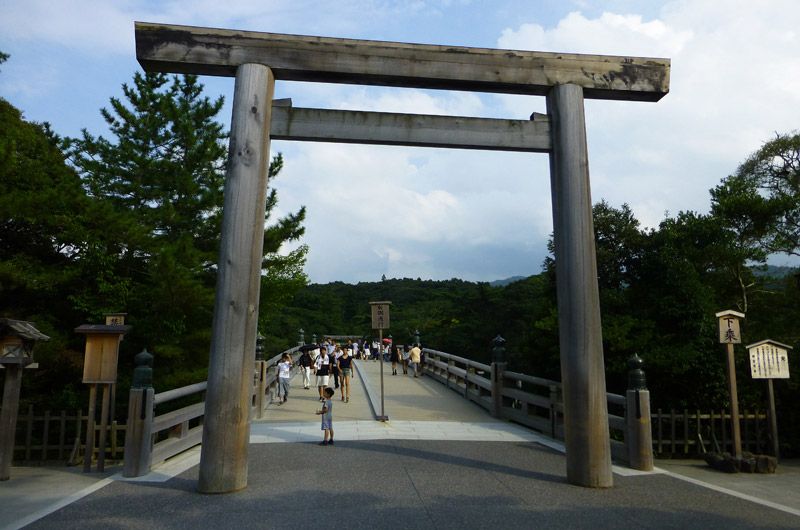
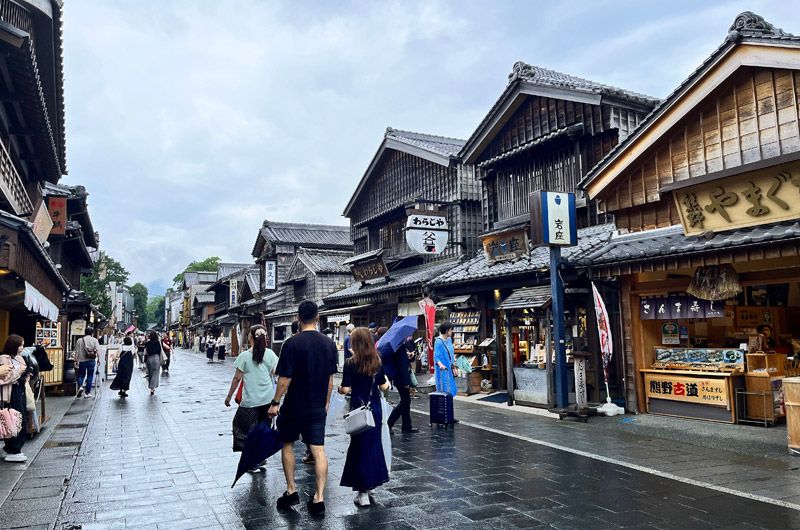
The Married Couple Rocks
After visiting Ise Jingu, it’s time for us to head to Meotoiwa, which is known as the Married Couple Rocks. These two rocks are joined by a shimenawa (a sacred straw rope) and have been a place for worshiping the sun deity since long ago.
In the past, this sacred place was used to wash and purify before visiting Ise Jingu which is located nearby. The large rock (husband) is joined to the smaller rock (wife) by a braided rope. It symbolizes the holy union of man and woman. The best time to visit the rocks is at high tide when they are separated by water.
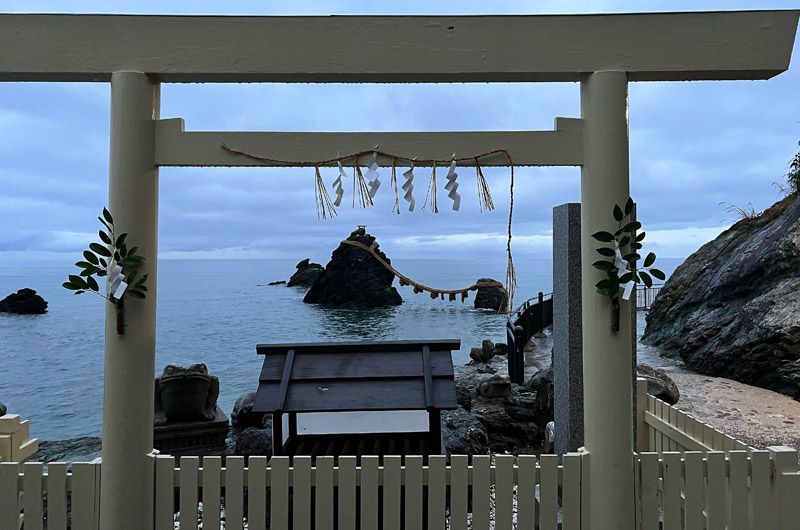
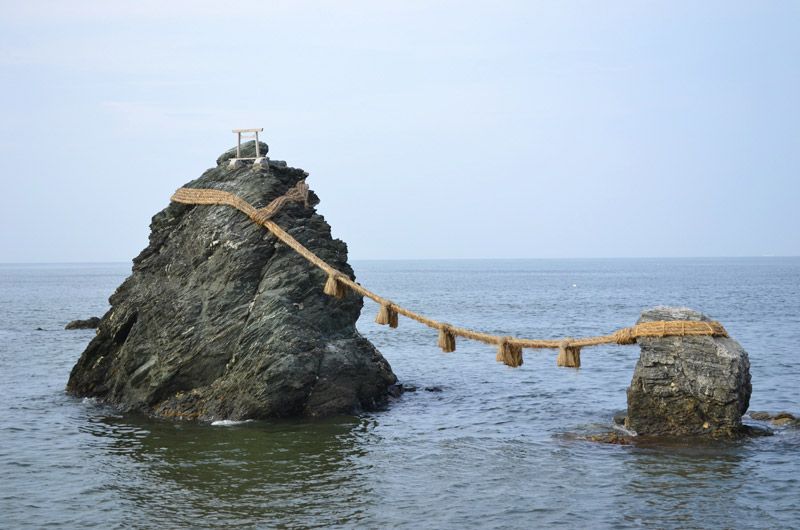
Futami Okitama Shrine
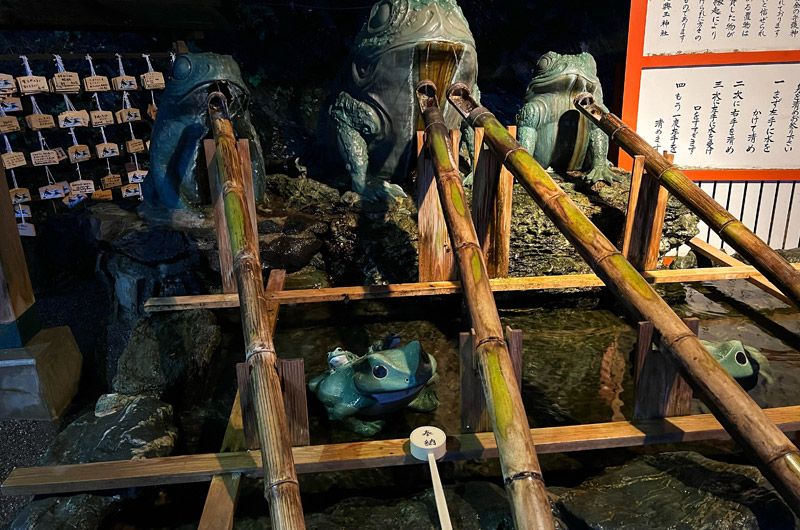
Saiku Historical Museum
